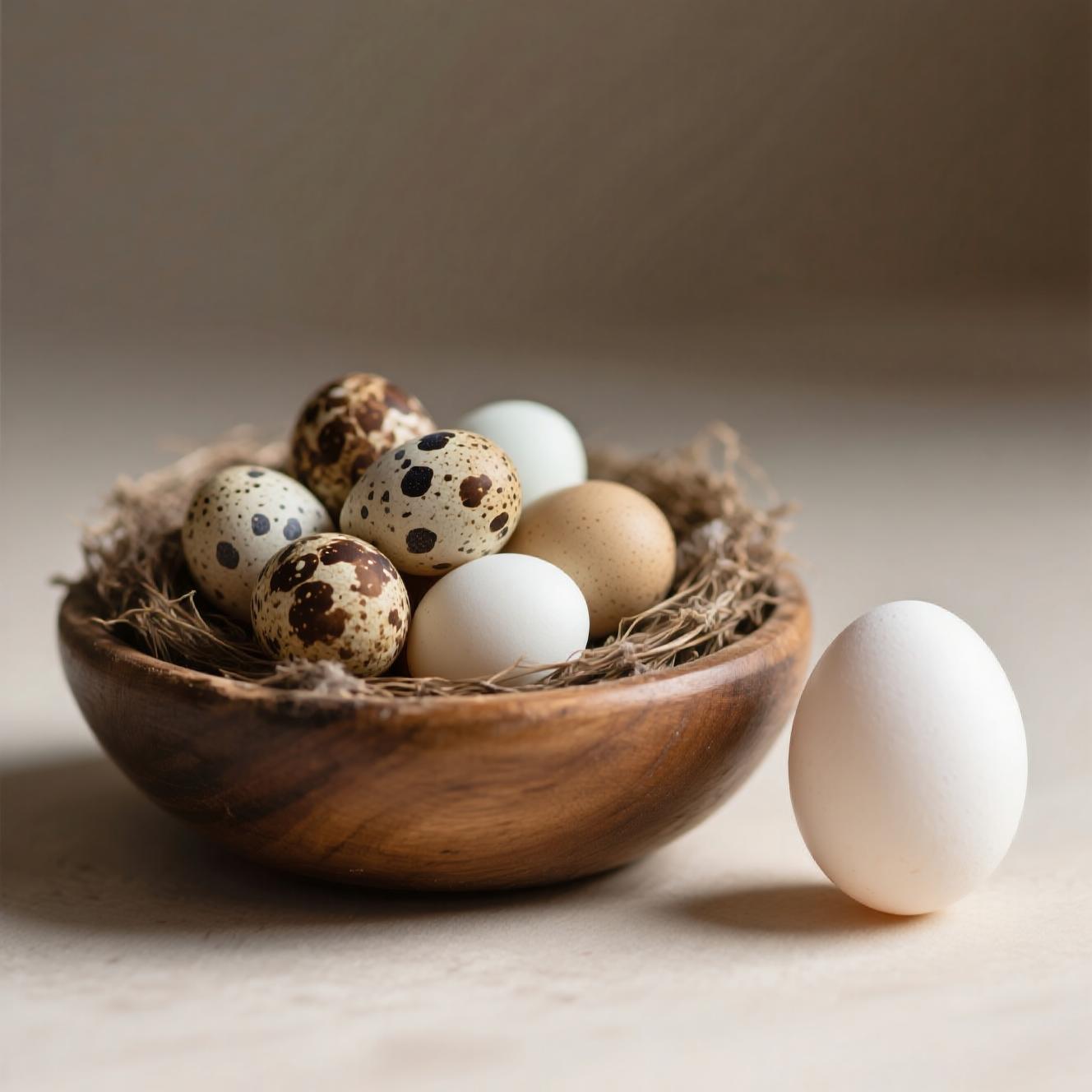Coturnix Japonica: The Complete Guide to the Japanese Quail

Coturnix Japonica: Your Ultimate Guide to the Prolific Japanese Quail
If you're interested in sustainable poultry but lack the space for chickens, look no further than the remarkable Coturnix japonica. Often overshadowed by their larger counterparts, these petite powerhouses are one of the most efficient and rewarding birds to raise. Whether you're a seasoned homesteader or an urban farmer with a backyard patio, the Japanese quail Coturnix japonica offers a world of possibility packed into a small, speckled package.
This complete guide will dive into the history, characteristics, and practical steps for raising your own flock of Coturnix japonica quail.
What Exactly is Coturnix Japonica?
Coturnix japonica, also commonly referred to in scientific circles as Coturnix coturnix japonica, is a species of Old World quail native to East Asia. For a long time, it was classified as a subspecies of the Common Quail (Coturnix coturnix), but it is now widely recognized as its own distinct species due to significant genetic and behavioral differences.

This bird is the wild ancestor of the domestic quail we raise today for eggs and meat. Its domestication began in 11th-century Japan, initially for its beautiful song and later as a prolific egg layer. The modern domestic Coturnix japonica quail is virtually identical to its wild cousin, just selectively bred for tameness and higher production.
A Brief History: From Wild Fowl to Domestic Superstar
The journey of the Japanese quail Coturnix japonica is fascinating. While they were enjoyed for their song for centuries, their true potential was unlocked in the early 20th century. Japanese breeders began intensive selective breeding programs to maximize egg production. This effort was so successful that the modern Coturnix japonica can begin laying eggs at just 6-8 weeks of age—an incredibly fast maturity rate compared to any other poultry.
Their popularity exploded after World War II and quickly spread from Japan to Europe and the Americas. Today, they are a cornerstone of small-scale agriculture and urban farming worldwide.
Key Characteristics and Appearance
The Coturnix japonica quail is a small, ground-dwelling bird with a round body and short tail. Their plumage is a masterclass in camouflage, typically a mix of brown, tan, black, and white speckling, though domestic breeding has produced a variety of color phases including tuxedo, white, and golden.
- Size: They are small, averaging 4.5 to 7 inches in length and weighing between 3.5 to 5.5 ounces when mature.
- Lifespan: In the wild, their lifespan is short, but in captivity, a Coturnix japonica can live a productive 2-3 years.
- Temperament: Generally calm and docile when raised in captivity, though they can startle easily and prefer to run rather than fly. They are not typically hand-tamed like a parrot but become accustomed to their caretaker's presence.
Why Raise Coturnix Japonica Quail?
The benefits of raising these birds are numerous, making them an ideal choice for many:
- Unbeatable Space Efficiency: A trio of quail (one male, two females) can be comfortably housed in a cage as small as 2 square feet. This makes them perfect for urban settings, backyards, and even apartments (where allowed).
- Rapid Maturity and Production: This is their superstar trait. They reach slaughter weight for meat in just 6-8 weeks. Hens begin laying incredibly nutritious eggs at the same age and can produce nearly one egg per day with proper care.
- Low Cost and Maintenance: Their small size means they eat very little. They require less space, less feed, and simpler housing than chickens or ducks.
- Quiet(ish) Operation: The hens make soft, pleasant chirps and trills. The males do crow, but it is not loud or piercing like a rooster's crow; it's a distinctive, short call that is unlikely to bother neighbors unless you have a very large colony close to a window.
How to Raise Coturnix Japonica: A Quick Start Guide
Housing Your Quail
A secure enclosure is paramount. You can use a modified rabbit hutch, a custom-built cage, or a aviary. The key principles are:
- Protection: The housing must be secure from predators like raccoons, cats, and birds of prey. Use hardware cloth, not chicken wire.
- Flooring: Solid flooring with bedding (like pine shavings) is best for their feet. Wire floors can cause bumblefoot but are easier to clean; if used, it must be a small gauge and include solid resting areas.
- Space: Provide at least 1 square foot of space per bird to prevent stress and aggression.
Diet and Nutrition
Coturnix japonica thrive on a high-protein game bird or turkey starter crumble (24-30% protein) for the first 6-8 weeks. After that, laying hens should be switched to a game bird layer feed or a starter/grower with free-choice oyster shell provided for extra calcium needed for strong eggshells. Always ensure they have access to fresh, clean water.
The Golden Egg
The eggs of the Coturnix japonica quail are a nutritional powerhouse. Though small (about 1/5th the size of a chicken egg), they are packed with vitamins and minerals. They have a rich, creamy yolk and are considered a delicacy. They are also perfect for pickling, baking, and as adorable additions to salads.
Conclusion: Is the Coturnix Japonica Right for You?
The Coturnix japonica is more than just a bird; it's a gateway to self-sufficiency. Its small size belies its enormous output, offering a sustainable source of protein with minimal input. If you have been on the fence about starting your poultry journey due to space or time constraints, the efficient, productive, and fascinating Japanese quail Coturnix japonica is the perfect candidate to get you started.
